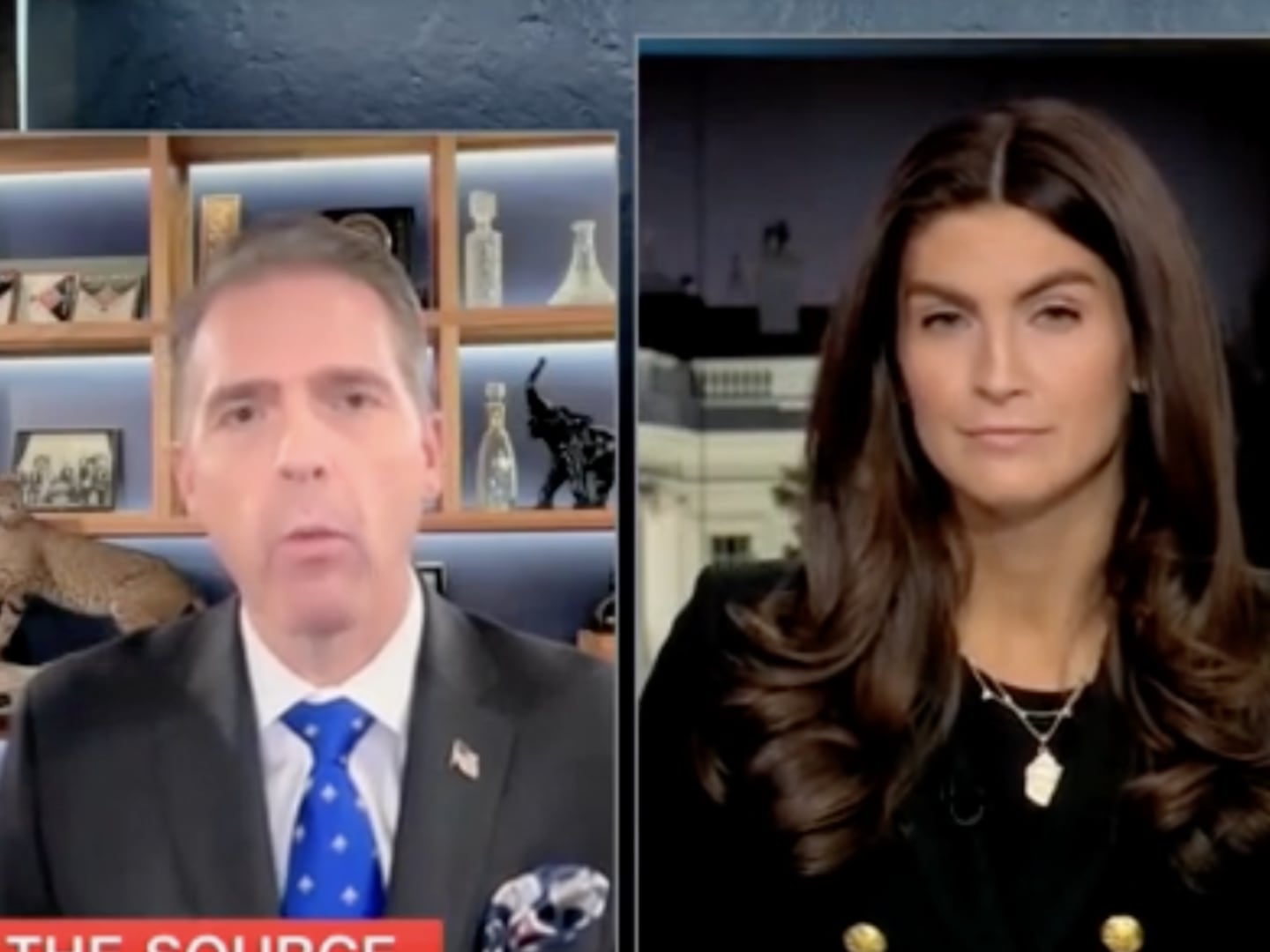Sixty years ago tomorrow in Brown v. Board of Education, the United States Supreme Court ruled that racial segregation in public education is unconstitutional, writing that “in the field of public education, the doctrine of ‘separate but equal’ has no place.”

Yet all these years later, our schools remain deeply segregated along lines of race as well as class—with charter schools and high-stakes testing making matters worse.
Schools today are as racially segregated (PDF) as they were in the 1960s. Recently, ProPublica wrote a deep and haunting exposition on the re-segregation of schools in the South, including Tuscaloosa. Post-Brown, schools in the South became the most integrated in the nation. It took a while—until the 1970s, really—but it happened.
Today? In the South and nationwide, most black and brown children attend schools where 90 percent or more of the students look like them. “In Tuscaloosa today, nearly 1 in 3 black students attends a school that looks as if Brown v. Board of Education never happened.”
Across the United States, per-student spending (PDF) in public schools with 90 percent or more white students is 18 percent higher—$733 more per student on average—than spending for public schools with 90 percent or more students of color. That can’t be attributed to different geographical tax bases alone; 40 percent of the variation (PDF) in per-pupil spending occurs within school districts. A third of the schools with the highest percentage of black and Latino students don’t offer chemistry. A quarter don’t offer Algebra II. Black and Latino students account for 40 percent of enrollment at schools with gifted programs but make up only 26 percent of the students in such programs.
Meanwhile, we know that disadvantaged students of color end up being over-represented in the prison-industrial complex. Black students in America’s public schools are expelled at three times the rate of white students. This discrepancy starts at a frighteningly young age; black children make up 18 percent of pre-schoolers but almost half of all out-of-school suspensions. One in five girls of color with disabilities has received an out-of-school suspension. These statistics are much higher than for white peers even for the same misbehaviors.
Racial segregation in schools has increased largely because federal courts have allowed cities and states to abandon mandatory busing and other desegregation efforts imposed in the 1960s. And in 2007, a sharply divided Supreme Court ruled that public schools could no longer pursue integration strategies based explicitly on race. Yet the legal sanctioning of segregation also paved the way for white families to justify self-selecting out of what were fast becoming inferior schools in communities of color, an inferiority further fed by white flight.
Around the same time, charter schools and testing came along and made everything worse. In a key essay in the education magazine Ed Weekly, Dr. Iris C Rotberg of George Washington University wrote in straightforward terms that research makes it clear that “charter schools, on average, don’t have an academic advantage over traditional public schools” and that “they do have a significant risk of leading to increased segregation.”
Rotberg goes on to detail study after study showing a “strong link between school choice programs and an increase in student segregation by race, ethnicity, and income.” Segregation effects are particularly pronounced at charter schools run by private companies or those that target specific racial or ethnic groups. Segregation within charter schools is particularly pronounced for students with disabilities, since charter schools often tend to skim the “best students” from communities and under-enroll those with special needs.
Before Brown was even decided, Prince Edward County, Virginia, closed its public schools rather than face integration. White and black students were sent to separate, segregated private academies until the Supreme Court ordered the public schools to reopen and desegregate. Nonetheless, in the wake of Brown, many white students fled to private and parochial options, a trend very much about race but also privatization—that we can give a good education to some select students while lining the pockets of private companies. In our time, school vouchers and charters schools all play into this dynamic.
This is where testing comes in. To begin with, testing exacerbates—or perhaps rationalizes—inequality and segregation in schools. Charter schools that screen students based on test scores end up including fewer low-income students because study after study shows that standardized test scores correlated directly with family economic status. Yet behind the testing push is the for-profit testing industry, which is less interested in boosting student learning than boosting their bottom line.
“This market-based approach to public education—one where there are winners and losers instead of equal opportunity for all—is failing our kids and driving a deeper divide in our communities,” says Randi Weingarten, head of the American Federation of Teachers. “Those peddling this approach try to capitalize on the growing frustration in our neighborhoods—especially African American and Latino neighborhoods—to move their agenda.” This is after all what markets do—decide where they can make a profit and abandon the rest. Some kids are getting a leg up in the charter system and testing regime, but all the other kids are being written off.
“Just as separate but equal wasn’t possible 60 years ago, it’s not possible today,” says Sabrina Joy Stevens, a former teacher and executive director of Integrity in Education. “We know that concentrated poverty and racial isolation mean unequal access to learning opportunities for traditionally under-served students—especially those who end up in fraud-prone ‘schools’ privately run by people who prey on our most neglected communities.”
Public schools can work. I went to one. Most everyone I know went to one. We had great teachers, who were in unions, who had good salaries and benefits, plenty of school supplies in the classroom and enough training and freedom to teach creatively and innovate in the classroom. We went on to have rich academic careers because we were equipped with problem-solving skills and comprehension in math and literature and science and so much more. There is nothing wrong with public schools, or public teacher unions, that can’t be fixed—if we have the will to fix them.
On the other hand, the push toward charter schools and the larger private educational industrial complex has no good track record and is only proving worse, re-segregating education and trying to re-enshrine “separate but equal” not only in practice but in principle.
In Brown, Chief Justice Warren wrote: “To separate [children] from others of similar age and qualifications solely because of their race generates a feeling of inferiority as to their status in the community that may affect their hearts and minds in a way unlikely ever to be undone.” Yes, and separating children by race or class or test scores into pseudo-private charter schools is affecting not only those students but our communities and our nation in the very ways we once tried to undo.






